Sales training is one of the most important investments most companies make, because it allows them to close the gap between current performance and potential performance. Nevertheless, around 80 percent of respondents to a recent study by the Rain Group Center rated their own training as being between average and poor.
Here, we take a look at some of the best sales training practices the most successful managers follow.
Use of Simulation or Role-Playing
Many organizations still utilize classroom-based, instructor-led training, which can be incredibly effective. However, it is important to balance it with practical learning as well.
it is important to balance it with practical learning as well.
Without applying learned information quickly, most expenditure on corporate training is wasted, because unfortunately people forget new information extremely quickly. Precisely how much knowledge is lost - and how quickly - is difficult to say, as studies vary significantly, but most agree that the majority of information is lost within a week.
"Role-playing [also] provides a safe environment to encounter [new] scenarios for the first time, which builds confidence in team members that can help them in their day-to-day roles," explains John Buelow, executive vice president of the Shapiro Negotiations Institute.
Sales Coaching and Reinforcement
Successful sales training requires newly acquired sales skills to be reinforced regularly, or else staff revert to old habits, and coaching is one of the best solutions. For this reason, coaching is often one of the most important things for a sales manager to learn and is a key component of most sales management training programs.
Yet, many sales managers continue to neglect their coaching responsibilities. Indeed, the CSO Insights 2016 Sales Best Practices Study revealed that just 32 percent of sales managers are currently spending sufficient time on coaching. In companies performing to a world-class standard, however, this figure rises to 88 percent.
A structured coaching program will allow leaders to work closely with staff to highlight issues, set targets and ensure new skills are put into practice. Meanwhile, reinforcement literature should also be made available. According to Aberdeen Group, 20 percent more reps achieve quota when post-training reinforcement is implemented.
Technology and Mobile-Friendliness
Finally, the most successful managers know that technology can be utilized to significantly improve both the quality of training and its results. In truth, technology can be deployed in an almost limitless number of ways, ranging from the use of virtual instructors in classroom settings, to bite-size video content.
One growing technology trend in corporate training has been the gamification of the learning process and eLearning Industry report that gamification features, such as the ability to progress to different levels, choose a difficulty setting, etc. can lead to a nine percent increase in retention rates. Meanwhile, adult learners who participated in gamified e-learning experiences scored 14 percent higher in skills-based knowledge assessments.
Furthermore, technology can be used to make learning a mobile experience. By ensuring that learning materials are available to access and use on mobile devices, sales skills can be improved even while outside the workplace, learning can become part of staff members' daily routines, and information can be reinforced on the go.
Conclusion
When it comes to delivering high-quality sales training, or sales management training, it is not just the quality of the information that matters, but the quality of delivery and follow-up. In particular, it is important to give staff the opportunity to put new information into practice quickly, to reinforce and personalize learning through coaching, and to make use of technology to improve all aspects of your training program.
Author Bio:
Monika Götzmann is the EMEA Marketing Director of Miller Heiman Group, a global sales training and customer experience company. It specializes in providing exceptional sales coaching and helps organisations develop business strategies to achieve sales success. Monika enjoys sharing her insight and thoughts to provide better sales and service training.



 registering
registering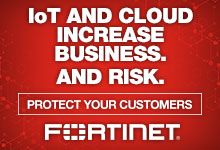 providing configuration and setup services. Utilizing cloud-based capabilities and automated reporting, partners are able to deliver peace of mind to their customer base without significant effort or expense.
providing configuration and setup services. Utilizing cloud-based capabilities and automated reporting, partners are able to deliver peace of mind to their customer base without significant effort or expense.


 helps ensure that you don't experience these setbacks that exist when there's no organization behind the production process. Follow these steps to start putting together a workflow that is tailored to your team and the projects you're working on, and watch the levels of quality and speed in your work soar.
helps ensure that you don't experience these setbacks that exist when there's no organization behind the production process. Follow these steps to start putting together a workflow that is tailored to your team and the projects you're working on, and watch the levels of quality and speed in your work soar.
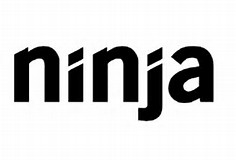


 consider as an entrepreneur when launching your start-up?
consider as an entrepreneur when launching your start-up? Proper PR communications suggested it was in the sales and marketing roles primarily overseas. The reality is different.
Proper PR communications suggested it was in the sales and marketing roles primarily overseas. The reality is different.  avoidable. And, as an outsider, you could totally see that.
avoidable. And, as an outsider, you could totally see that.

 launched GoDaddy Website Security, a cutting-edge website protection service to keep customers’ sites clean and free of malware. Website Security is powered by Sucuri, recently acquired by GoDaddy to further strengthen its security offerings, and provides world-class malware protection. It pairs powerful, comprehensive protection with ease of use.
launched GoDaddy Website Security, a cutting-edge website protection service to keep customers’ sites clean and free of malware. Website Security is powered by Sucuri, recently acquired by GoDaddy to further strengthen its security offerings, and provides world-class malware protection. It pairs powerful, comprehensive protection with ease of use. marketing strategy they have at their disposal. There are lots of cost-effective tactics that can be used, but having a well-defined strategy is essential for their implementation and success. If you do everything properly, you can expect a 50% increase in conversion rates.
marketing strategy they have at their disposal. There are lots of cost-effective tactics that can be used, but having a well-defined strategy is essential for their implementation and success. If you do everything properly, you can expect a 50% increase in conversion rates. 



 technology would lead. Social media, e-commerce, mobile apps, cloud computing, software as a service -- the list is endless. Entire classes of applications -- even industries -- were not even a gleam in their creators' eyes. Today these internet-based technologies have transformed the way we live and work.
technology would lead. Social media, e-commerce, mobile apps, cloud computing, software as a service -- the list is endless. Entire classes of applications -- even industries -- were not even a gleam in their creators' eyes. Today these internet-based technologies have transformed the way we live and work. Microsoft wants to help demystify the business processes of its Dynamics 365 customers.
Microsoft wants to help demystify the business processes of its Dynamics 365 customers.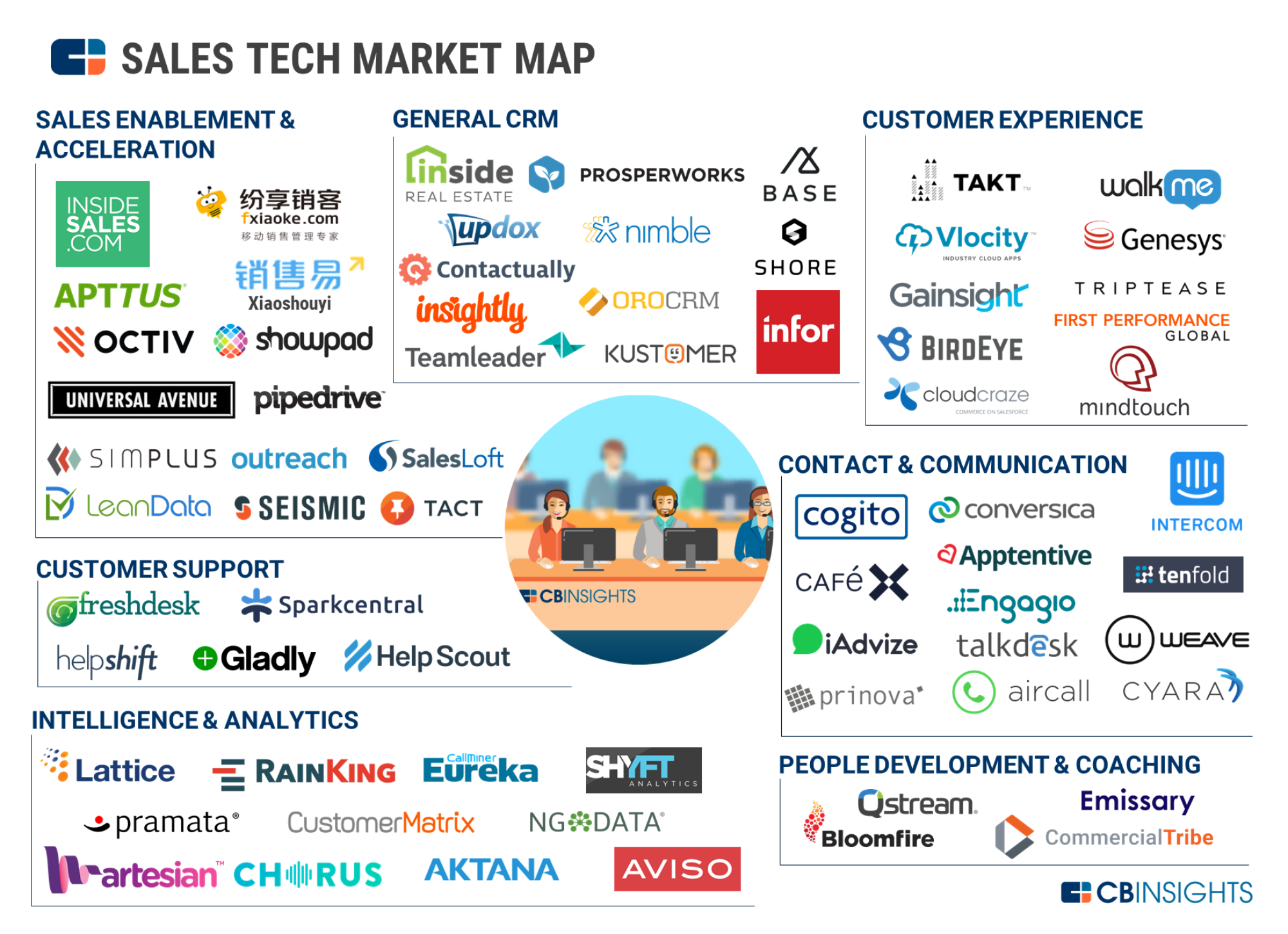
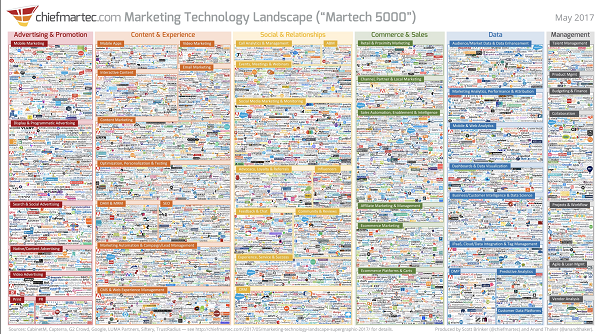
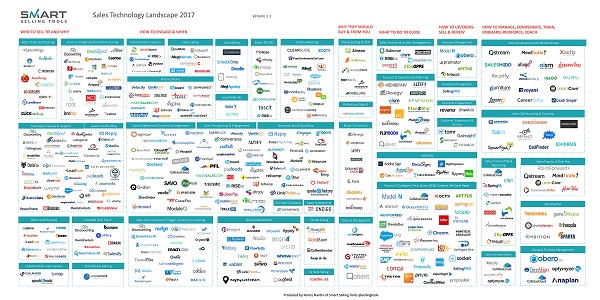

 there! Yes – it’s the traditional kickoff SMB Nation Beer Summit on the front-end of the Microsoft Inspire (formerly WPC) conference. This is your chance to meet, greet, hug, cry, laugh and tell lies outside of the main Inspire conference in a safe place.
there! Yes – it’s the traditional kickoff SMB Nation Beer Summit on the front-end of the Microsoft Inspire (formerly WPC) conference. This is your chance to meet, greet, hug, cry, laugh and tell lies outside of the main Inspire conference in a safe place.

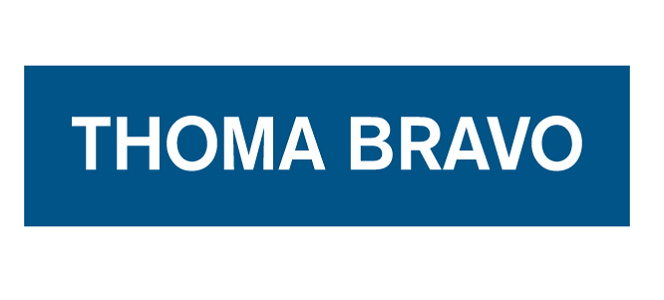 Providers (MSPs), from Summit Partners. Financial details of the deal were not disclosed.
Providers (MSPs), from Summit Partners. Financial details of the deal were not disclosed. 





 be easy to assume it was the record setting monsoon season in Seattle that caused his move to fun and sun but it’s more than that.
be easy to assume it was the record setting monsoon season in Seattle that caused his move to fun and sun but it’s more than that. guys. But Voccola had a different explanation. A couple of years ago, Kaseya was essentially acquired by a private equity group and had “lost its way” with the MSP community. Voccola promises it has returned with partner momentum. I’ll continue to monitor the situation.
guys. But Voccola had a different explanation. A couple of years ago, Kaseya was essentially acquired by a private equity group and had “lost its way” with the MSP community. Voccola promises it has returned with partner momentum. I’ll continue to monitor the situation. region (Lenovo is based in North Carolina).
region (Lenovo is based in North Carolina). putting together a winning job listing, paying attention to these techniques.
putting together a winning job listing, paying attention to these techniques. unknown. The good news is that overcoming some of the challenges that come along with first-time entrepreneurship can be extremely rewarding and satisfying. There is more advice for first-time entrepreneurs than there are hours in the day, so I’ve gathered some of the best I’ve heard over the years and distilled them down to the 8 best success tips for first-time entrepreneurs.
unknown. The good news is that overcoming some of the challenges that come along with first-time entrepreneurship can be extremely rewarding and satisfying. There is more advice for first-time entrepreneurs than there are hours in the day, so I’ve gathered some of the best I’ve heard over the years and distilled them down to the 8 best success tips for first-time entrepreneurs. reputation. But, understandably, most small businesses don’t have an IT department on hand. The fate of the network rests on the shoulders of the less technologically savvy, and sometimes, gets forgotten about until it's too late and there is already a problem.
reputation. But, understandably, most small businesses don’t have an IT department on hand. The fate of the network rests on the shoulders of the less technologically savvy, and sometimes, gets forgotten about until it's too late and there is already a problem. get the desired results in real time. Since the high number of competitive firms in technological and economic centers have drastically increased their employee turnover, many big and small businesses have decided to use the affordable, educated, and loyal labor from the developing countries.
get the desired results in real time. Since the high number of competitive firms in technological and economic centers have drastically increased their employee turnover, many big and small businesses have decided to use the affordable, educated, and loyal labor from the developing countries.  ability to promote collaboration, in this way, as a
ability to promote collaboration, in this way, as a  communication tools, collaborating on a single document with other team members becomes effortless, and eliminates the need to share and compile multiple versions of a single document. The Huffington Post cites an example of a team member who must unexpectedly work from home to
communication tools, collaborating on a single document with other team members becomes effortless, and eliminates the need to share and compile multiple versions of a single document. The Huffington Post cites an example of a team member who must unexpectedly work from home to 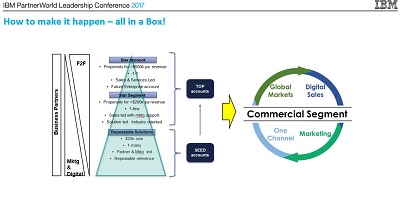
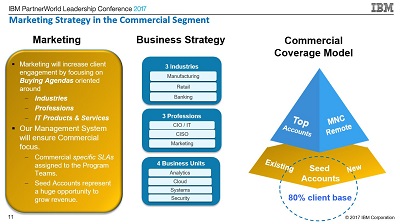
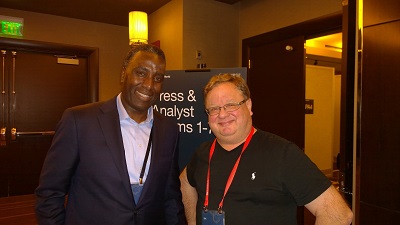
 to-day tasks. Moreover, the popularity of applications has been tremendously augmented by wearable devices, such as Google Glass, watches that can connect to Wi-Fi and fitness trackers.
to-day tasks. Moreover, the popularity of applications has been tremendously augmented by wearable devices, such as Google Glass, watches that can connect to Wi-Fi and fitness trackers.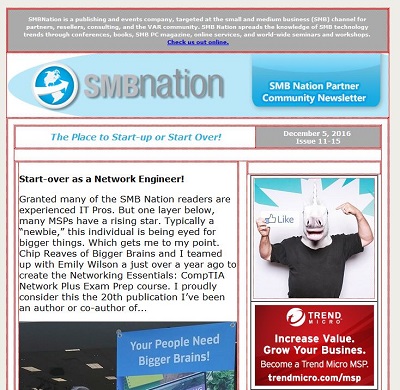
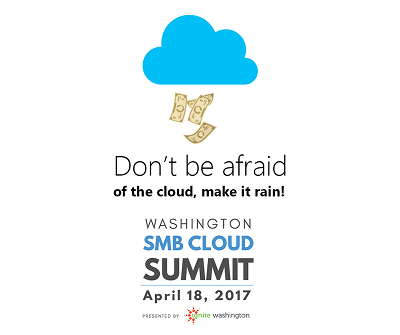
 automation (PSA) software. The new integration automatically resolves outdated open-file alert tickets, simplifies the deployment of Storage Guardian services, and increases the efficiency and accuracy of billing.
automation (PSA) software. The new integration automatically resolves outdated open-file alert tickets, simplifies the deployment of Storage Guardian services, and increases the efficiency and accuracy of billing.



 statistically valid (read “not fake news”) and we were pleasantly surprised. Which brings us to the point of this blog. Pursuing more government accounts means more money for MSPs, partners, resellers and consultants. It’s good Azure-based recurring revenue work.
statistically valid (read “not fake news”) and we were pleasantly surprised. Which brings us to the point of this blog. Pursuing more government accounts means more money for MSPs, partners, resellers and consultants. It’s good Azure-based recurring revenue work.






 The man of steel?
The man of steel? 

 party information stolen, or the record of clients compromised. Whether you are an individual entrepreneur or a small business owner, the last achilleas heel you want attributed to your operations, is your inability to keep data safe and secured. You do not also want to lose your hard-earned client data because windows will not start or because your hard disk crashed. Here are 5 ways to effectively combat data theft and data loss;
party information stolen, or the record of clients compromised. Whether you are an individual entrepreneur or a small business owner, the last achilleas heel you want attributed to your operations, is your inability to keep data safe and secured. You do not also want to lose your hard-earned client data because windows will not start or because your hard disk crashed. Here are 5 ways to effectively combat data theft and data loss;

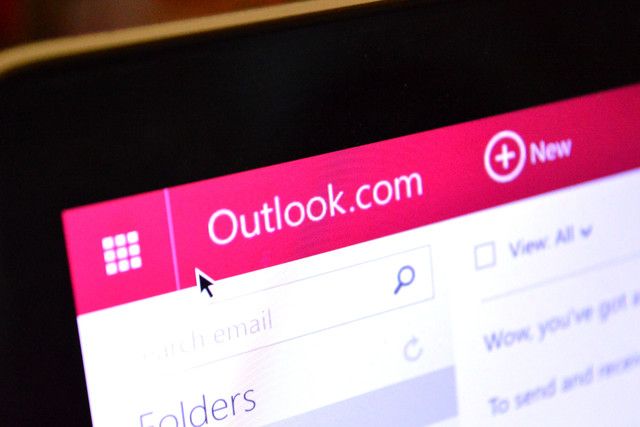
 The good news is, the 10 points below might just put you (yes you, the small business owner) on cloud nine; call it the “five-finger discount” to achieving marketing and promotional goals with little or no budget!
The good news is, the 10 points below might just put you (yes you, the small business owner) on cloud nine; call it the “five-finger discount” to achieving marketing and promotional goals with little or no budget! either failing to stay with the times or improperly applying new technology, a business can be set back far behind the competition. However, there are consultants that can help you avoid these common tech mistakes that most small businesses make
either failing to stay with the times or improperly applying new technology, a business can be set back far behind the competition. However, there are consultants that can help you avoid these common tech mistakes that most small businesses make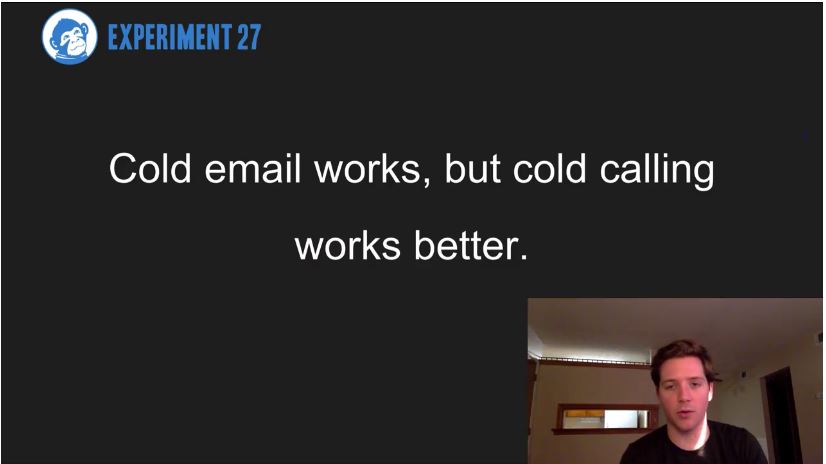
 Things. This includes connecting your car with internet and make it software-driven with artificial intelligence.
Things. This includes connecting your car with internet and make it software-driven with artificial intelligence. achieve your organizational goals and objectives. Thus, while a list of rules of conduct and a summary of benefits are important information, you should evaluate your handbook on its ability to help your organization meet its objectives.
achieve your organizational goals and objectives. Thus, while a list of rules of conduct and a summary of benefits are important information, you should evaluate your handbook on its ability to help your organization meet its objectives. and pollution of air, water, and soil have created conditions for unprecedented environmental catastrophe and have already caused irreversible damage to the biosphere. While the future might promise a vast acceleration of technological innovation, the scale and impact of environmental degradation may reflect this vast acceleration as well.
and pollution of air, water, and soil have created conditions for unprecedented environmental catastrophe and have already caused irreversible damage to the biosphere. While the future might promise a vast acceleration of technological innovation, the scale and impact of environmental degradation may reflect this vast acceleration as well. dealing with viruses and malware, but to clean is equally effective and comes with certain advantages. For Small and Medium-Size Businesses (SMB) or Managed Service Providers (MSP) who are into the business of troubleshooting computers for a fee, it is very important to weigh the convenience each of the two methods bring to you and your clients.
dealing with viruses and malware, but to clean is equally effective and comes with certain advantages. For Small and Medium-Size Businesses (SMB) or Managed Service Providers (MSP) who are into the business of troubleshooting computers for a fee, it is very important to weigh the convenience each of the two methods bring to you and your clients.  typically handled by the business owner or by the general manager. Nonetheless, some best practices for accounting procedures in small offices are worth knowing. These best practices provide guidelines on keeping your financial house in order.
typically handled by the business owner or by the general manager. Nonetheless, some best practices for accounting procedures in small offices are worth knowing. These best practices provide guidelines on keeping your financial house in order. never got the chance to use the other, then it’s obvious that you don’t know much about the other.
never got the chance to use the other, then it’s obvious that you don’t know much about the other.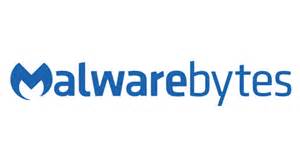 prevention and remediation solution, today announced the acquisition of Saferbytes, a security start-up with a proven track record of building advanced technologies with anti-malware, anti-exploit, anti-rootkit, cloud AV, and sandbox capabilities. This acquisition will greatly enhance Malwarebytes’ enterprise remediation offering and threat feeds, in addition to further advancing the company’s market approach and global strategy.
prevention and remediation solution, today announced the acquisition of Saferbytes, a security start-up with a proven track record of building advanced technologies with anti-malware, anti-exploit, anti-rootkit, cloud AV, and sandbox capabilities. This acquisition will greatly enhance Malwarebytes’ enterprise remediation offering and threat feeds, in addition to further advancing the company’s market approach and global strategy. 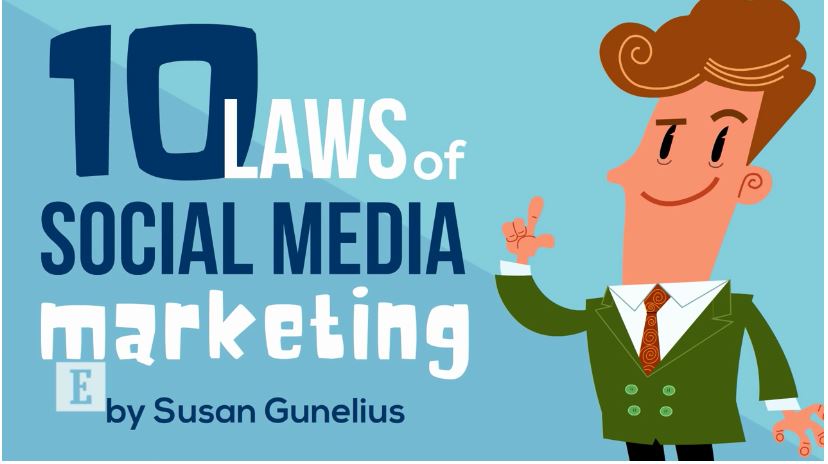
 A smart CEO understands the inherent value of goal setting in steering a growing business in the right direction. Unfortunately, figuring out exactly what the right direction is—and the road map to get there—isn't as much of a no-brainer.
A smart CEO understands the inherent value of goal setting in steering a growing business in the right direction. Unfortunately, figuring out exactly what the right direction is—and the road map to get there—isn't as much of a no-brainer. access … bizarre, but nothing will be more irksome than doing everything a cybercriminal
access … bizarre, but nothing will be more irksome than doing everything a cybercriminal  range of modern business applications, and empower IT to support users who work anywhere on any device while being able to manage these devices in a secure and consistent way. The other two pillars of the Cloud OS are, of course, Windows Server 2012 R2 and Microsoft System Center 2012 R2, and Microsoft Press will soon be releasing.
range of modern business applications, and empower IT to support users who work anywhere on any device while being able to manage these devices in a secure and consistent way. The other two pillars of the Cloud OS are, of course, Windows Server 2012 R2 and Microsoft System Center 2012 R2, and Microsoft Press will soon be releasing.
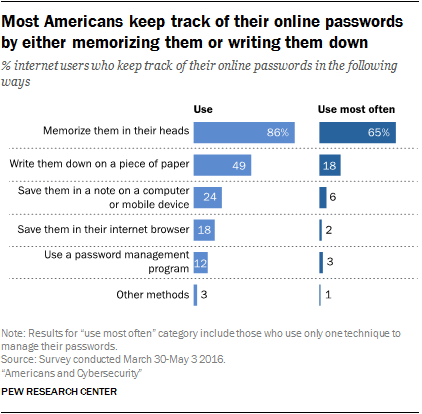
 open doors and our lives are filled with flexibility and diversity. However, there are many people who leave their jobs to seek an ideal environment — and it isn’t just about the money or the location.
open doors and our lives are filled with flexibility and diversity. However, there are many people who leave their jobs to seek an ideal environment — and it isn’t just about the money or the location. Virgin Records are the most famous companies of all. Branson has said, “Simplicity and good customer service will win every time’.
Virgin Records are the most famous companies of all. Branson has said, “Simplicity and good customer service will win every time’.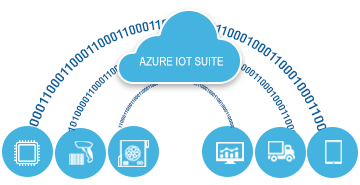

 Lewis Schiff
Lewis Schiff it an indispensable and unmatched tool for startups and SMBs. To paint you a realistic picture, in a
it an indispensable and unmatched tool for startups and SMBs. To paint you a realistic picture, in a  bandwidth,” but dig deeper. Is the primary issue that you can't simultaneously generate new business while supporting your existing client base? Does your clunky technology stack eat up valuable staff time and talent? Perhaps you have a talent problem and struggle to hire or retain qualified personnel.
bandwidth,” but dig deeper. Is the primary issue that you can't simultaneously generate new business while supporting your existing client base? Does your clunky technology stack eat up valuable staff time and talent? Perhaps you have a talent problem and struggle to hire or retain qualified personnel.

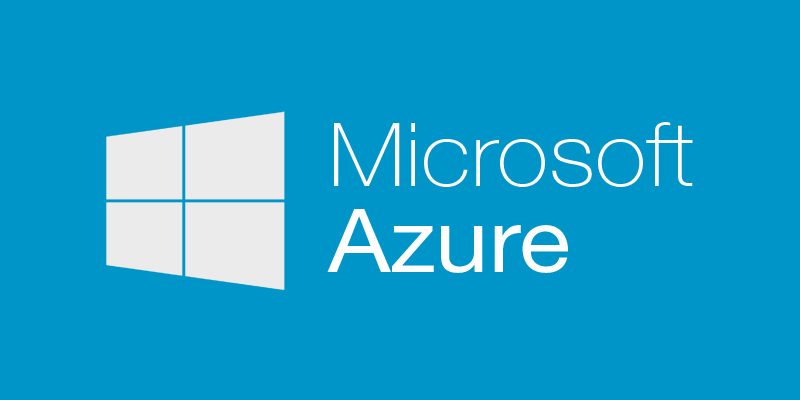 pay-per model ensures that you only pay for the resources you consume.
pay-per model ensures that you only pay for the resources you consume. I first warned you about the
I first warned you about the 


 an application and its runtime conditions into a solitary compartment and provides runtime independence which empowers the container to keep running crosswise over various forms of the Linux Kernel. It is also preloaded with common open source tools to enable Linux users develop machine learning applications.
an application and its runtime conditions into a solitary compartment and provides runtime independence which empowers the container to keep running crosswise over various forms of the Linux Kernel. It is also preloaded with common open source tools to enable Linux users develop machine learning applications.